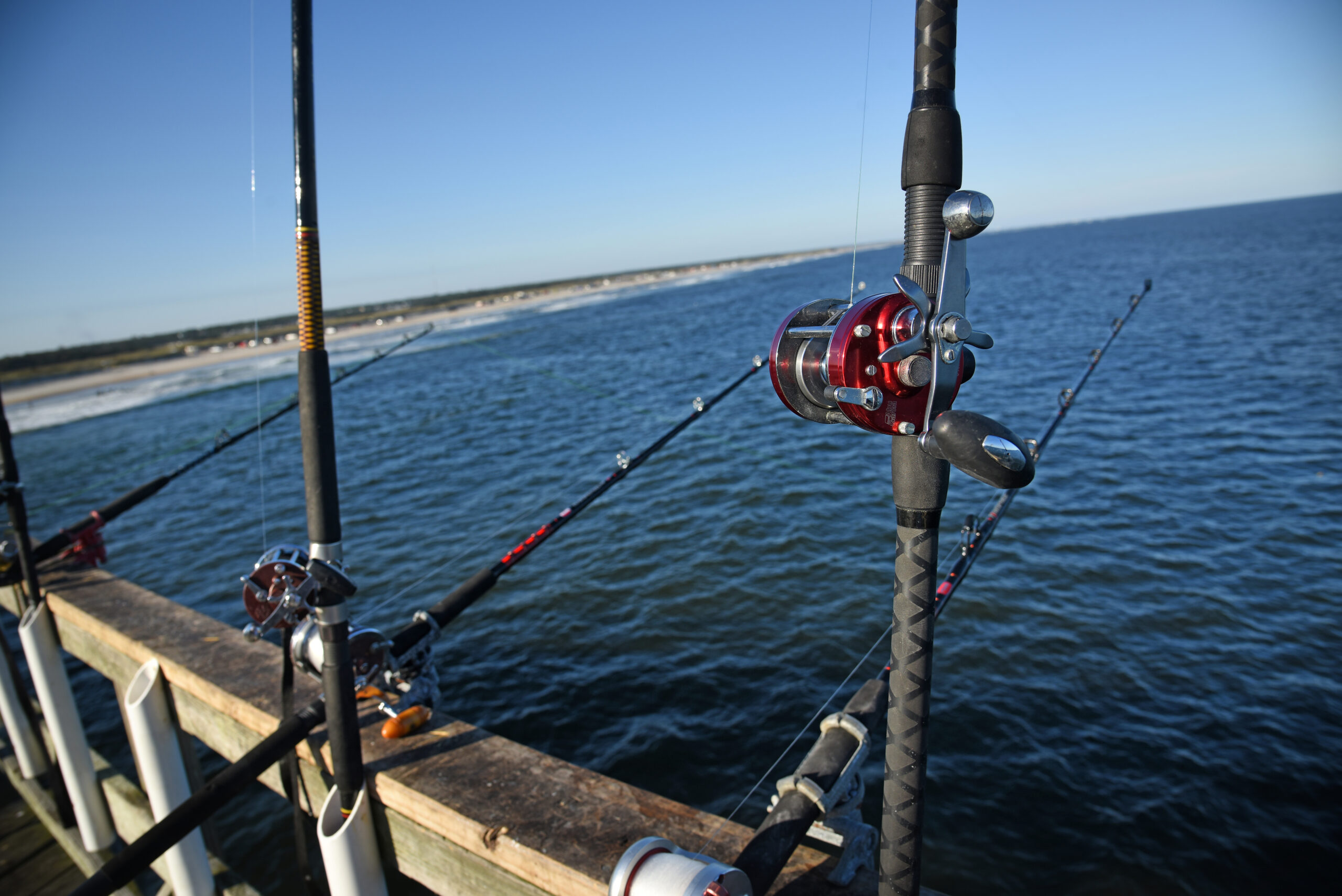How Do North Carolina Residents Rate the Water Quality at our Coast?

It depends on where they live.
Research Need
Healthy coastal water is an important part of a thriving marine ecosystem.
North Carolina has the second largest estuarine system in the United States (behind the Chesapeake Bay), and it supports diverse and significant recreational and commercial fisheries. Unfortunately, any decline in water quality has the potential to impact all North Carolinians, whether they live at the coast or inland.
A wide array of natural and man-made factors can impact water quality. Statewide policies like the Coastal Habitat Protection Plan address much-needed habitat and water quality efforts that protect, enhance, and restore fish habitat in North Carolina.
Policy makers, resource managers, research scientists, and fishers often debate the ever-changing status of our coastal waters, but what do North Carolina residents think about the issue? Moreover, do coastal residents think differently than inland residents?
What did they study?
Coastal Carolina Riverwatch, with assistance from East Carolina University’s Center for Survey Research, conducted phone and online surveys of 1,109 North Carolina adults across the state in June 2021.
The team collected about equal numbers of surveys at the coast and inland in order to make comparisons between opinions on coastal water quality from residents statewide.
What did they find?
In general, both coastal and inland residents are significantly more positive than negative about the cleanliness of water from North Carolina’s waterways and coasts.
However, both coastal and inland residents had mixed opinions about changes to water quality over time. Of those noticing change over the last 5 years, 61% of coastal residents and 53% of inland residents said that water quality had worsened.
Responses were mixed when respondents were asked to think back over 10 years. Specifically, more coastal residents thought that water quality had gotten worse, whereas inland residents thought water quality had gotten better (55%).
What else did they find?
The survey also asked about plastic pollution as a threat to the seafood industry and whether seafood caught in North Carolina was safe to eat.
Roughly half of both coastal and inland residents “strongly agree” that plastic pollution poses a serious to the seafood industry.
Seventy-five percent of coastal residents think seafood and shellfish are safe to eat, compared to 64% of non-coastal residents.
Anything else?
This covers only a portion of the survey results. To get a closer look at these results — as well as see how North Carolina recreational and commercial fishers rate our coastal water quality — look for “Coastal Carolina Riverwatch” at the ECU Survey Center client’s project page.
Reading
Francia, Peter L. Water quality and North Carolina fisheries: Survey results of the North Carolina public, part 1 of 2. 2021. Survey by the East Carolina University Center for Survey Research.
Funding for this research came from the North Carolina Commercial Fishing Resource Fund.
Summary by Scott Baker.
Lead photo: courtesy of NC State University.
The text from Hook, Line & Science is available to reprint and republish, but only in its entirety and with this attribution: Hook, Line & Science, courtesy of Scott Baker and Sara Mirabilio, North Carolina Sea Grant. HookLineScience.com
- Categories:



